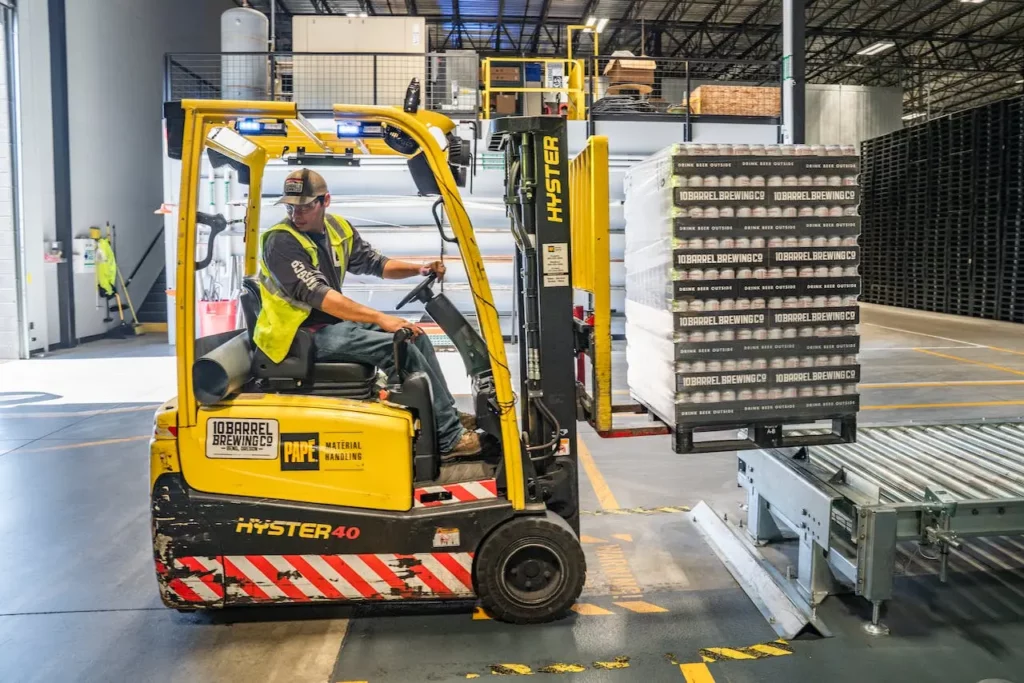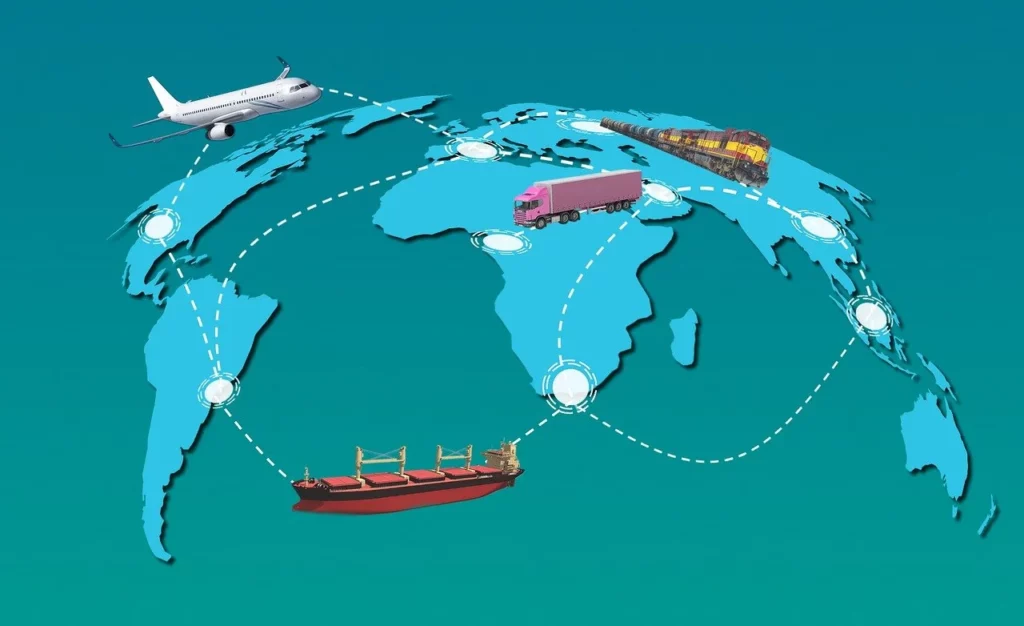Modern technology, smart equipment, task automation, and management systems. These are only a handful of the amazing technology advancements that the logistics industry has experienced lately.
All of this is done in an effort to increase customer satisfaction, increase productivity, and cut expenses. It is indisputable, however, that the human element continues to be crucial in producing outcomes and ensuring the optimal posture of the company in a number of aspects.
In light of this, this post explains the human factor’s impact and how to manage it inside a logistics system. Take a look!
Read also: Revolutionizing Retail: The Power of Micro-Fulfillment Centers
What is the human factor in the logistics system?
Despite the growing presence of technology in logistics, human resources are responsible for multiple jobs in a setting that involves logistics.
For example, having individuals who can handle unanticipated situations is essential. In a similar vein, one must depend on people who complete jobs that either cannot be automated or do not yield enough benefits to support the use of automated solutions. For instance, at least for the time being, the transport logistics stage cannot substitute the driver.
The human element in the logistics system is at the center of everything that is happening. In order to achieve the desired results of increased efficiency, decreased costs, and improved quality, it must be seen as equally important as the other components.
What is the role of the human factor in logistics?
No matter how important technology is to a company’s logistics system, it is not always possible to replace people. In many areas, human labor, manual processes, and strategic assistance based on models created by exceptional human resources are more important than automation and mechanization solutions, despite the opportunities they present.
This is a crucial component for success in a number of industries, and having the proper people promotes a better degree of team involvement and highly relevant support for humanization.
Achieving operational excellence
Even though some managers believe that increasing the use of machines, with the resulting participatory decrease of human resources, optimizes processes and reduces costs, the analytical landscape appears to be simplistic and incomplete in this manner.
To achieve operational excellence, people are crucial. The decisions and conduct of leaders have a significant impact on employee behavior, which is essential for attaining good performance inside the company. The right knowledge from a highly skilled and knowledgeable group expedites and guarantees the greatest observations, market strategies, and decision-making.
Increased degree of trust
In today’s market, where a substantial part of consumers are less loyal to brands and more ready to discover and try new relationships, managers, and logistics operators must focus their efforts on the level of trust that they pass on to enterprises.
When conducting business with a logistics operator, confidence in the provision of logistics services is identified as a highly relevant consideration, in addition to agility and more competitive costs, as well as security and technology utilized in operations. Additionally, the human element increases significantly in this domain.
Good service and relationship
Humans have an additional impact on the success of the logistics organization by strengthening relationships with contractors and providing services.
The effectiveness of the logistics service itself is dependent on how well technology and human resources are integrated in terms of both technical and operational capabilities. Nonetheless, the collaborative standard will be upheld sequentially when the team operates with passion and integrity. Additionally, there will be a high standard of customer service from the very beginning.
This will decrease (or repel) instances of poor assistance, hold-ups in handling complicated issues, and mistakes or redos. The human element remains the glue that maintains the organization coherent and well-integrated even when technology is developing at an accelerating rate.
How to deal with the human element within the business?
Inadequate human resource management can also result in a decline in the logistics system’s capacity or productivity. Increased human intervention may result in more mistakes and rework, which would lower productivity and make procedures harder than they need to be.
To make the most use possible, it is crucial to understand how to handle and control these components. Some practical advice that can be used is:
Bet on engaging leadership
Engaging leadership is especially crucial to achieving a more comprehensive and constructive management of human resources in the logistics chain. Every individual may give their all to better all the outcomes when they have a leader that engages and motivates them.
For example, a professional in inventory management will have greater positive effects if he can see how important his position is to other people’s performance. Leadership is about bringing these connections together and making sure that everyone is acting in unison.
Stimulate motivation
Since increasing productivity is one of the primary reasons in favor of implementing technology, this administration should not ignore motivation. This is due to the fact that motivated and satisfied employees typically produce better work.
As a result, it is strongly advised that initiatives try to provide challenges for staff members while simultaneously promoting a good standard of living and task satisfaction.
Offer training and capacity-building
More technical training and preparation are essential for improving people’s motivation and performance. Offering education and training can help retain staff members who are more equipped to handle the various logistical duties essential to the company’s success.
In order to maximize the potential and provide a far more favorable performance for all parties involved, this ultimately benefits everyone. Additionally, it keeps everyone updated so that their activities are always effective and in line with shifting market conditions and setups.
Please feel free to contact us with any questions or concerns you may have about the supply chain, warehousing, or logistics!
















